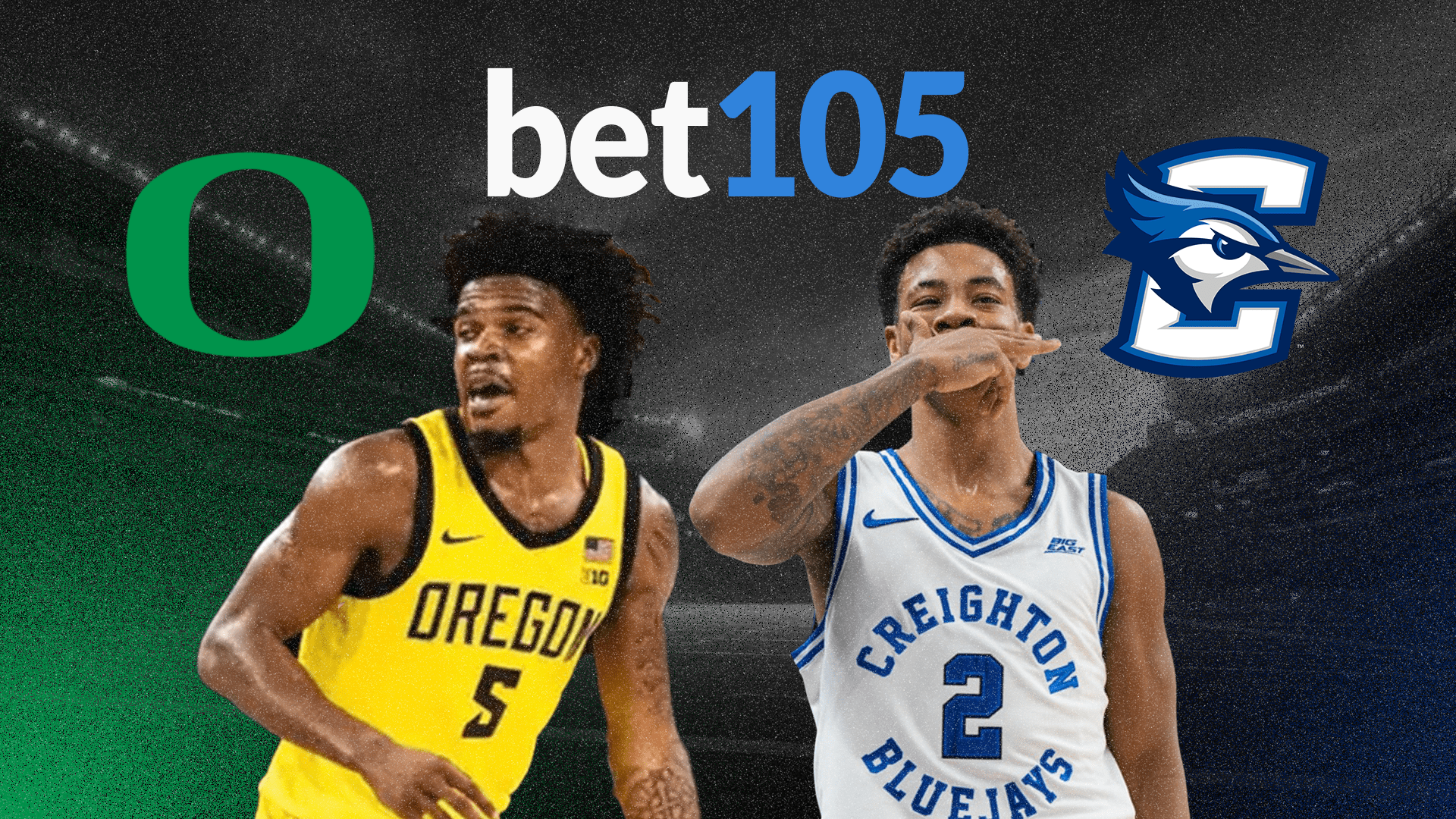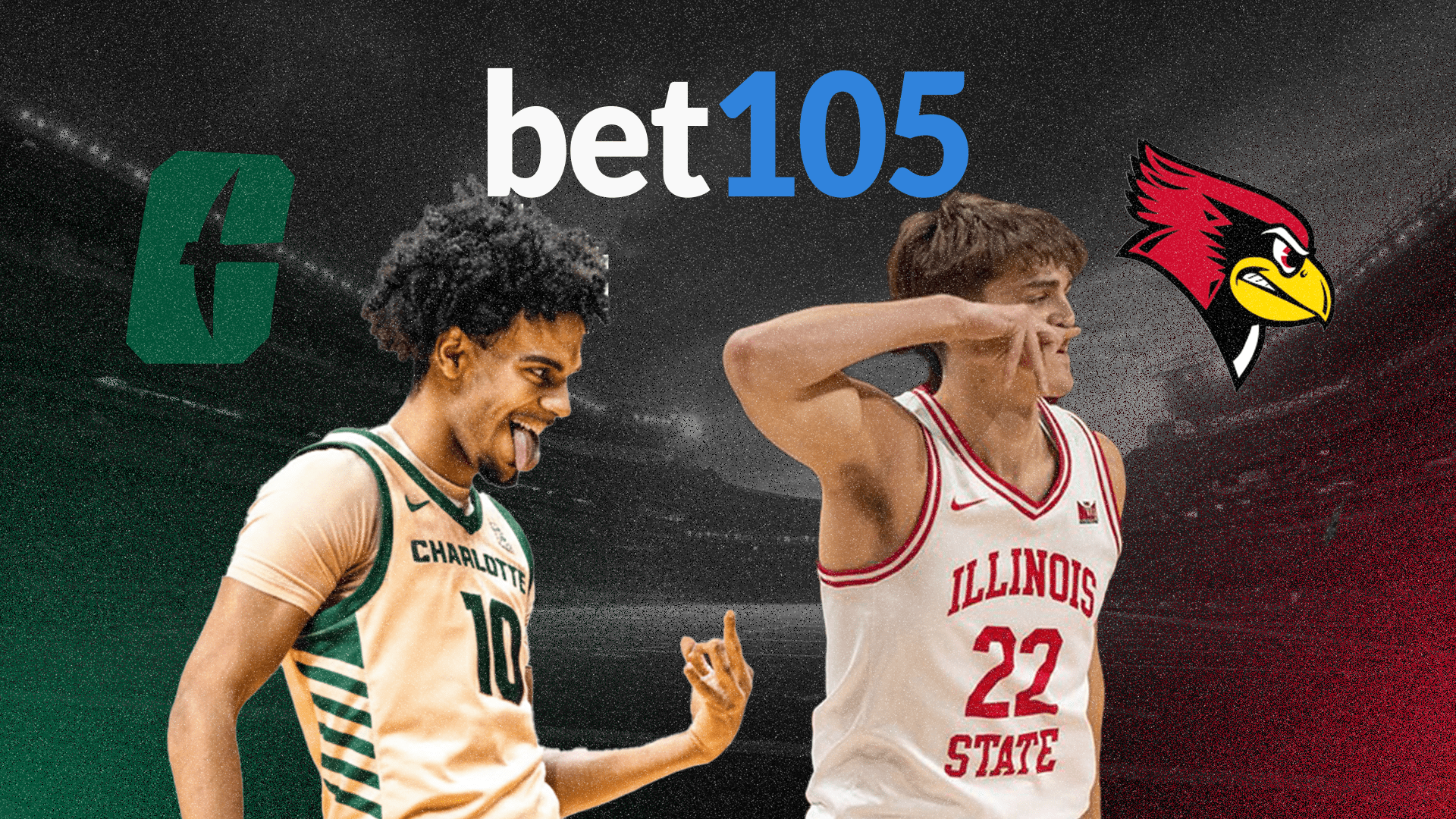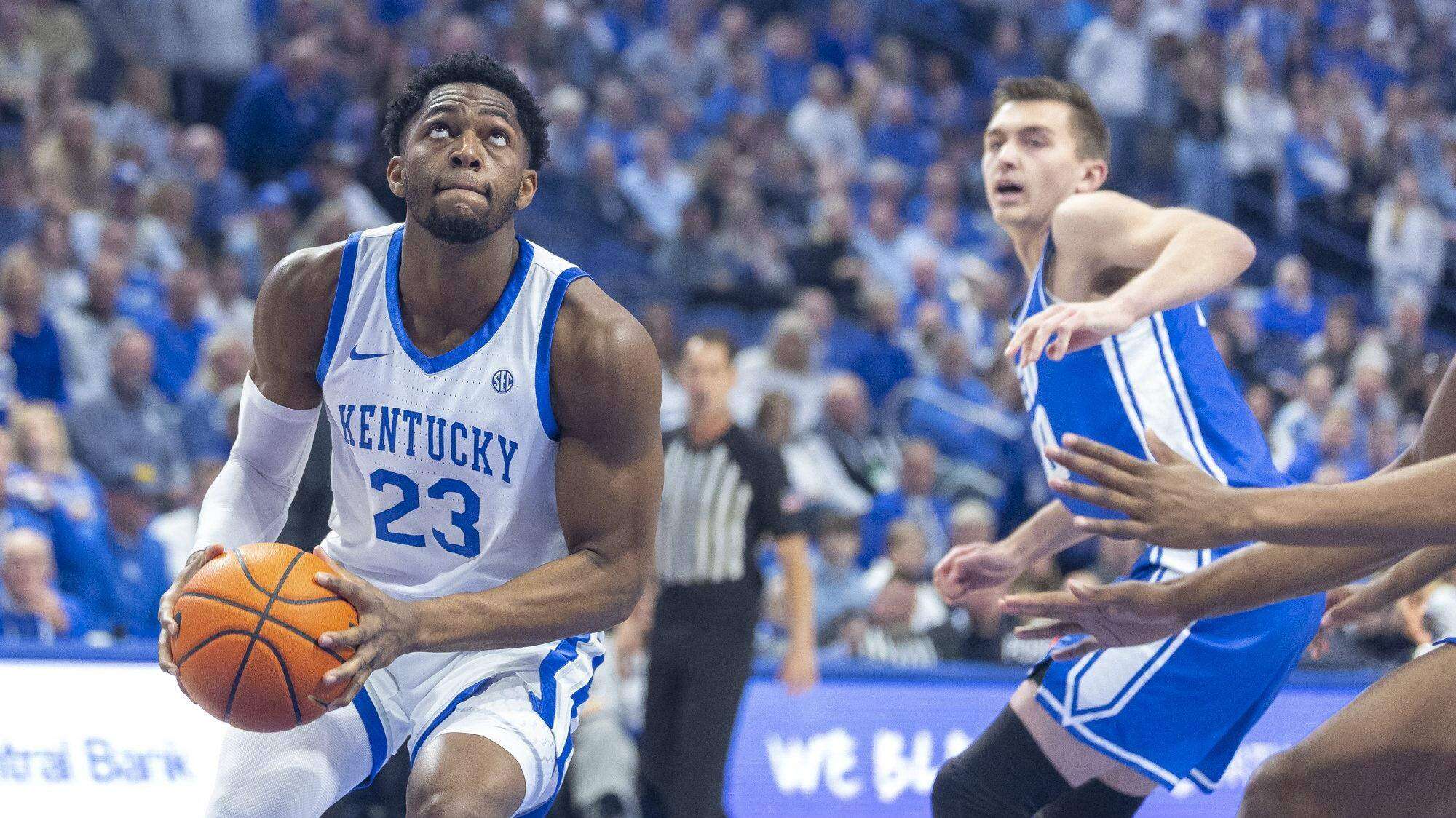Richmond Spiders vs Furman Paladins Advanced Game Analysis
Richmond Spiders vs Furman Paladins Advanced Game Analysis – NCAA Men’s Basketball Nov. 27, 2025 Matchup Preview Metric Richmond

Richmond Spiders vs Furman Paladins Advanced Game Analysis – NCAA Men’s Basketball Nov. 27, 2025
Matchup Preview
| Metric | Richmond Spiders | Furman Paladins |
|---|---|---|
| Current Record | 5–0 | 3–3 |
| Offensive Efficiency Rank | 17th | 216th |
| Effective FG% | 56.9% | 51.1% |
| Opponent FG% Allowed | 39.6% | 48.7% |
| Turnover Rate | 13.2% | 17.9% |
| Rebounding (DR%) | 79.4% | 78.3% |
Team Profile
Richmond Spiders 2025-2026 Team Profile
Richmond enters the 2025–2026 season with one of the most clearly defined identities in mid major basketball. The Spiders are built around structure, patience, and decision making. Their offense still carries strong Princeton inspired principles, but this version of Richmond uses more modern spacing and ball screen variation than earlier eras. Every half court possession feels like it has three phases. The first phase is initial motion, where guards and wings exchange spots, bigs flash to the elbows, and backdoor threats are established. The second phase is reaction, where Richmond reads how the defense adjusted to the first wave of movement. The third phase is exploitation, where the ball goes to the highest value option that has emerged from all the cuts, slips, and lifts.
The Spiders are not obsessed with getting to the rim every trip. Instead, they are obsessed with generating a high quality look that fits the context of the possession. That might be a deep post catch, a short roll jumper, a pick and pop three, or a midrange pull up created off a sharp change of pace. Because they play at a slow tempo, each possession matters. Turnovers are not acceptable, and wasted shots are treated like turnovers. Richmond’s guards are drilled to value the ball, stay strong against pressure, and use the floor spacing they have instead of forcing downhill drives into traffic.
Defensively Richmond has taken another step forward for 2025–2026. Their help rotations are precise rather than frantic. They stunt toward ball handlers just long enough to disrupt rhythm, but recover quickly to shooters. Closeouts are controlled, with good balance and discipline to avoid unnecessary fouls. The frontcourt is not built on pure size, but on positional intelligence. Bigs are rarely out of place when tagging rollers or contesting drives. Defensive rebounding has improved significantly, closing one of the main loopholes opponents used to exploit. When Richmond gets a stop, they usually finish the possession with the ball secured.
Furman Paladins 2025–2026 Team Profile
Furman enters 2025–2026 on the opposite end of the stylistic spectrum. Where Richmond is deliberate, Furman is dynamic. Where Richmond shrinks the game, Furman expands it. The Paladins embrace pace as a weapon, using tempo and shot volume to put pressure on opponents. They want games in the high 70s or 80s in total possessions. Their offense is built around quick decisions, early threes, and constant driving threats. If they can get a decent shot within the first ten seconds of the shot clock, they do not hesitate.
The Paladins have multiple shooters who can space the floor to the logo, which stretches defenses vertically and horizontally. Their guards are given freedom to attack in transition, collapse defenders, and find kick out options in the corners and on the wings. The result is a barrage of threes when they are in rhythm. Furman is not afraid of missing a few shots to find that rhythm. Their belief is that sustained pace and spacing will eventually create a run. Those runs can arrive abruptly, flipping a game in just a few possessions. When they stack three or four threes in a short stretch, the scoreboard swings with them.
On defense Furman is aggressive but inconsistent. They pressure the ball, jump passing lanes, and try to turn defense into instant offense. When that works, they look like a complete team. When opponents stay composed against that pressure, Furman’s defensive flaws show. Rotations do not always connect, the paint can be exposed, and opponents can generate layups or open threes on the back end. That is where the matchup with Richmond becomes fascinating. Furman wants to inject chaos. Richmond wants to remove it. The more order there is, the more the Spiders benefit. The more chaos there is, the more the Paladins gain leverage.
Team Identity
Richmond Identity Snapshot
- Tempo: Slow, low possession games
- Play style: Read based half court basketball, cutting and timing
- Offense focus: Shot quality and turnover avoidance 🔥
- Defense focus: Positioning, communication, and rebounding
Furman Identity Snapshot
- Tempo: Fast, high possession games 🔥🔥
- Play style: Transition, drive and kick, pace driven threes
- Offense focus: Shot volume and rhythm scoring streaks
- Defense focus: Pressure, disruption, and opportunistic steals
High Level Team Comparison
In simple terms, Richmond is the surgeon and Furman is the flamethrower. Richmond’s approach is methodical and calculated. They try to gain small advantages possession after possession, confident that over forty minutes their discipline will pay off. Furman’s approach is explosive. They are comfortable in chaos, confident that their shot making and pace will eventually break the game open. Richmond controls risk by limiting turnovers, hunting quality attempts, and suppressing transition. Furman embraces risk by accepting quick shots, long threes, and occasional mistakes in exchange for momentum surges.
This contrast makes the matchup particularly appealing to analysts. It is not just about which team is better in a vacuum. It is about whose identity will dominate the terms of engagement. The Spiders thrive in games played like chess. The Paladins thrive in games played like a track meet with basketballs. If the scoreboard shows a lower scoring contest inside a controlled tempo, it usually means Richmond has pulled the game into their world. If possessions stack quickly and points arrive in waves, Furman has successfully dragged the game into chaos.
By the Numbers
Scoring & Efficiency
Points Per Game: Richmond: 91.5 (#27) ✅ Furman: 69.0 (#274) Offensive Efficiency: Richmond: 1.232 ✅ Furman: 1.007 Defensive Efficiency: Richmond: 0.939 ✅ Furman: 1.131 Scoring Margin: Richmond: +21.8 (#22) ✅ Furman: –8.5 (#248)
Shooting
eFG%: Richmond: 56.9% (#42) ✅ Furman: 51.1% (#168) 3P%: Richmond: 36.7% (#82) ✅ Furman: 28.3% (#304) Opponent eFG%: Richmond: 47.8% (#98) ✅ Furman: 55.7% (#298)
Rebounding
Total Rebounds: Richmond: 42.0 (#29) ✅ Furman: 36.5 (#151) Defensive Reb%: Richmond: 79.4% (#22) ✅ Furman: 78.3% (#33) Opp OR% allowed: Richmond: 20.6% (#22) ✅ Furman: 21.7% (#33)
Ball Pressure & Turnovers
Steals Per Game: Richmond: 8.3 (#74) ✅ Furman: 3.5 (#357) Turnover Rate: Richmond: 13.2% ✅ Furman: 17.9% Opponent TO Rate: Richmond: 15.4% ✅ Furman: 9.7%
Fouls
Personal Fouls: Richmond: 20.0 (#263) Furman: 15.0 (#24) ✅ Foul Rate: Richmond: 24.5% Furman: 20.0% ✅
Advanced Metrics and Tempo Analysis
Shot Quality Differential 🔥
Shot Quality Differential looks at expected points per shot based on location, contest level, and shot type, then compares it to outcomes. Richmond typically rates very well in this area. Their offensive sets are built to create shots that analytics love: layups, short jumpers created from advantage, and clean catch and shoot opportunities. Even when they take midrange jumpers, those are created off balance shifts that give the shooter comfort and space. Richmond not only creates good looks, they also take away good looks from opponents. Their defense is structured to run shooters off the line without opening wide open drives.
Shot Quality Differential (projected 2025–2026) Richmond: ████████████████ +8 to +10 points per 100 poss Furman: ████████░░░░░░░ +2 to +4 points per 100 poss 🔥
Furman’s differential tends to be positive as well, but in a very different way. They often take tougher shots on paper, but in higher volume and at higher pace. Their efficiency spikes when they hit contested or semi contested threes that analytics might classify as lower expected value. This makes Furman extremely dangerous when they are hot and more fragile when shots are not falling. Against Richmond, this metric hints that shot quality will favor the Spiders, while raw shot volume may favor the Paladins.
Rim and Perimeter Defense Split
To understand how these teams match up defensively, it helps to split performance into two zones: at the rim and beyond the arc. Richmond does not rely on highlight reel blocks. Instead, they win with verticality, rotation, and positional strength. They force opponents to finish through bodies, not empty space. On the perimeter, their closeouts are controlled, with good angles that limit easy catch and shoot attempts.
Rim Defense (allowed efficiency) Richmond: ███████████░░ Strong protection Furman: ████░░░░░░░░ Vulnerable in the paint Perimeter Defense (allowed 3 point looks) Richmond: ████████████ Few clean catch and shoot attempts 🔥 Furman: █████░░░░░░░ Give up space to shooters
Furman, by contrast, can struggle at both levels when their pressure is beaten. Once an opponent gets past the first line of defense, help is often late or at poor angles, leading to layups or inside out threes. Against a team like Richmond that thrives on reads and timing, these gaps can become consistent sources of points.
Lineup Stability Index
Lineup Stability Index measures how often a coaching staff stays with its core five to seven players versus constantly shuffling to find combinations that work. Richmond projects as a very stable lineup team this season. Their rotation has clear roles, defined responsibilities, and continuity from previous years. That stability feeds their structured identity. Players know where they are supposed to be, what reads to prioritize, and how teammates will react defensively.
Lineup Stability (projected) Richmond: ██████████████ High stability Furman: ██████░░░░░░░ Moderate stability
Furman’s rotation is more flexible. They will ride the hot hand, change matchups to chase more tempo, and shift lineups game to game depending on rhythm. That flexibility can be an advantage in games where something unexpected is needed. However, it can be a drawback in a matchup that demands discipline and repeated execution against a structured opponent. Richmond’s stability supports their plan to turn this into a game of consistent habits, rather than a game of improvisation.
Momentum Swing Index 🔥🔥🔥
Momentum Swing Index tries to capture how quickly a team can change a game through runs. Furman rates extremely high here. Their ability to stack back to back threes, force a turnover, and hit another shot can create a 9 or 12 point swing in a tiny window. Those swings often define their biggest wins. They thrive in environments where the crowd is energetic, the pace is frantic, and both teams are exchanging blows.
Momentum Swing Index Richmond: ███████░░░░░ Moderate, built on steady runs Furman: ██████████████ Very high, explosive runs 🔥🔥🔥
Richmond is less explosive but more stable. Their runs are built on serial stops and efficient possessions, not streak shooting. When they go on a run, it usually looks like several two or three possession mini wins stacked together. They slowly tighten the screws and widen the margin. In a matchup like this, Richmond’s goal is to keep the game in a “no run zone,” where Furman never gets the extended rhythm it needs to unleash its full offensive power.
Pace and Efficiency Battle
The central question of this game is not which team is better on a neutral spreadsheet. It is which team successfully imposes its preferred pace. Richmond’s slow tempo is a strategic choice. Fewer possessions means each one matters more. Because the Spiders take care of the ball and defend at a high level, they are comfortable in that environment. They can win games where neither team reaches 70 points because they tend to win the efficiency margin.
Furman lives in the opposite world. They want more possessions, more shots, and more chaos. Their best games often feature scores in the 80s or 90s with both teams firing frequently. In that type of game, their ability to generate hot shooting stretches gives them the edge. When shot volume rises high enough, the Paladins can afford a few empty trips because they know another wave of scoring might be around the corner. Against Richmond, they will try to speed up the game by pressing after makes, advancing the ball quickly after rebounds, and hunting early clock threes.
Recent Form and Context
In early 2025–2026 action, Richmond appears consistent. Their defense already looks organized. Opponents have had trouble finding clean looks late in the shot clock. The Spiders have shown they can win in a variety of ways: grinding out low scoring games, surviving physical contests in the paint, and out executing opponents in late game situations. Their offensive numbers may not always pop in raw scoring, but their efficiency and balance stand out.
Furman’s early season has featured more variance. They have had nights where their offense looks unstoppable, scoring in bursts and blowing out opponents. They have also had nights where cold shooting stretches exposed their defensive weaknesses. When shots are dropping, the Paladins look dangerous enough to threaten almost anyone. When shots are not falling, their pace sometimes just accelerates their problems, creating more empty trips and transition opportunities for opponents.
Offense vs Defense Matchups
Richmond Offense vs Furman Defense 🔥
This side of the ball strongly favors Richmond on paper. The Spiders run a system designed to punish overhelping, late rotations, and miscommunication. Those are exactly the areas where Furman sometimes struggles. Expect Richmond to use backdoor cuts when Furman defenders lean too far toward the ball. Expect slips to the rim when Furman tries to switch late. Expect kick out threes when help arrives a step too deep in the paint. Richmond will not rush. They will probe, read, and strike whenever Furman’s aggressive instincts leave a gap.
Furman Offense vs Richmond Defense 🔥
This matchup is more balanced. Furman has the firepower to score on anyone when rhythm arrives, and Richmond will not completely erase that possibility. The key is how many of Furman’s attempts come in transition or early offense versus how many come from grinding half court sets. Richmond wants as many Furman possessions as possible to reach the late stages of the shot clock, where their defense is strongest. If Furman is consistently getting clean looks with 20 or more seconds left on the clock, that signals the game is tilting toward the Paladins’ preferred state.
Key Players
Richmond Spiders
- Primary guard creator 🔥: Richmond’s lead guard is the heartbeat of their offense. This player controls tempo, initiates sets, and makes the key read on each possession. They must handle Furman’s pressure without panic. If they stay poised, use the dribble sparingly, and trust the pass, Richmond’s system will generate high value looks repeatedly.
- Wing stopper and slasher: Richmond’s top wing defender will take on the difficult jobs at the point of attack. On offense, this same player cuts hard, attacks closeouts, and finishes through contact. Their ability to both slow Furman’s most dynamic perimeter threats and exploit defensive rotations makes them a two way X factor.
- Interior facilitator: Richmond’s big who often catches the ball at the elbows or in the high post is critical. When they touch the ball, cutters fly around them. If they read Furman’s help correctly, they can carve up the Paladins with outlet passes to backdoor cutters or weak side shooters. Their screening angles also matter, because small shifts can open big windows.
Furman Paladins
- High volume shooter 🔥🔥: Furman’s primary scorer is a deep range threat who can change the scoreboard quickly. When they are hot, defenders are forced to pick them up several feet behind the line. That opens driving lanes for teammates. When they are cold, shot selection becomes critical. Their decision making will heavily influence whether Furman experiences efficient waves of scoring or wasteful possessions.
- Transition engine: Furman’s best tempo guard must constantly push the ball, both off makes and misses. Their vision in space, willingness to attack gaps, and ability to find shooters in the corners will determine how many high value early offense chances Furman creates.
- Interior spacer and finisher: A forward who can both roll hard to the rim and pop out for midrange or three point looks adds complexity to Furman’s attack. If Richmond has to respect this player on the perimeter, it opens lanes for drives and kick outs. If Richmond can sag off confidently, Furman’s spacing shrinks.
Coaching Impact
Coaching is a major storyline in this game. Richmond’s staff is committed to structure. They emphasize film, scouting, and teaching players how to read the floor. Their game plans are usually very specific to opponent tendencies. Against Furman, Richmond’s coaches will likely prioritize floor balance on offense to prevent run outs, conservative decisions on the offensive glass to avoid giving up transition, and discipline in pick and roll coverage to limit both drives and kick out threes.
Furman’s staff is committed to pace and confidence. They empower players to shoot when open, to attack without fear, and to trust the system to generate more opportunities. Their game plan will focus on increasing possession count, forcing Richmond’s guards to handle pressure, and creating uncomfortable defensive rotations through misdirection, drag screens, and quick hitting actions. Both coaching staffs are leaning into who they are, not trying to become something different for one game.
Risk Matrix and Scenario Paths
- Low variance path: Richmond controls the tempo, limits turnovers, and holds Furman to a modest number of transition chances. The game is played mostly in the half court with both teams in the 60s or low 70s. This favors the Spiders, who win possession by possession rather than through streak scoring.
- Medium variance path: The game sees a mix of styles. Furman finds a few transition bursts, but Richmond still drags many possessions into structured settings. The score lands in the low to mid 70s. Execution in the final five minutes decides it. Richmond’s late clock efficiency and Furman’s streak scoring both have chances to swing the outcome.
- High variance path 🔥: Furman dictates pace. The game speeds up, possessions climb, and both teams trade threes. The score reaches the high 70s or 80s. In that environment, Furman’s Momentum Swing Index becomes the most important factor. They can break Richmond’s structure with waves of shot making.
In Game Levers and Live Adjustments
Several levers will tell the story as the game unfolds. One is Richmond’s turnover count. If the Spiders keep turnovers in single digits, they have likely prevented Furman from living in transition. Another is Furman’s offensive rebound rate. If they steal extra possessions on the glass, they can compensate for lower efficiency. A third is free throw volume. If Furman draws fouls in transition or off aggressive drives, they can slow the game selectively while still gaining points.
Coaches will watch matchups closely. Richmond may switch more than usual on the perimeter to limit open threes. Furman may change the level of pressure throughout the game, toggling between full court heat and softer pick up points depending on fatigue and foul trouble. Both teams must manage their key players carefully to avoid early foul issues that damage their defensive identity.
Simulation Outlook and Analytical Lean
If you simulate this matchup thousands of times with realistic assumptions about shooting variance and pace control, a pattern emerges. Richmond tends to win the majority of low and medium variance games because their structure and defensive consistency hold up. Furman wins a smaller share overall, but their victories often come in dramatic, high scoring scenarios where pace and rhythm tilt sharply in their favor. The key analytical takeaway is that Richmond has the higher baseline, while Furman has a more extreme ceiling when everything aligns.
Richmond’s edges in turnover rate, defensive efficiency, shot quality, and rebounding form a solid foundation. They are less dependent on extreme outcomes and more dependent on staying true to their identity. Furman’s edge lies in their ability to break a game open in a way that Richmond rarely can. If they hit big shots early, the entire game can shift. If they start cold and Richmond locks into its defensive shell, every missed jumper hurts more.
Final Forecast and Advanced Game Summary
Putting all the pieces together, Richmond holds the more stable advantages. They have a stronger projected defense, better rebounding, lower turnover risk, and a proven ability to execute late in the shot clock. Their style is specifically built to reduce the exact type of chaos Furman wants. That makes the Spiders the logical analytical lean. However, Furman should not be dismissed. Their tempo, perimeter volume, and momentum swings give them a real path to tilt the game if they can stretch possessions and find their shooting rhythm.
The most likely story looks like this. Richmond controls the early stages of the game, limiting transition and establishing their half court rhythm. Furman tests the pace with a few early runs, possibly landing one big surge that tightens or flips the scoreboard. As the game moves into the second half, Richmond’s structure slowly reasserts itself, with the Spiders getting key stops and capitalizing on Furman’s defensive lapses with backdoor cuts and interior finishes. Unless Furman uncorks a sustained late shooting wave, Richmond’s consistency and defensive stability should carry them through.
Final Projection
Richmond 82 – Furman 70
Richmond wins the shot-quality and turnover battles, controlling pace and offensive efficiency.
For the best odds on NCAA College basketball games, visit bet105, the best sportsbook that accepts winning players.
Disclaimer
This analysis uses AI-assisted statistical research alongside human analysis and editorial oversight. Despite verification efforts, data errors may occur. Readers should independently verify odds, fighter stats, and records before betting. Projections are analytical estimates, not guarantees.









